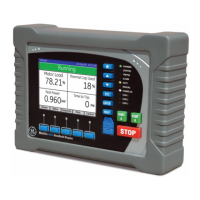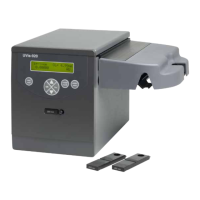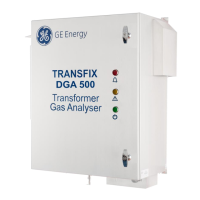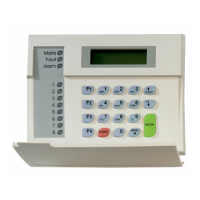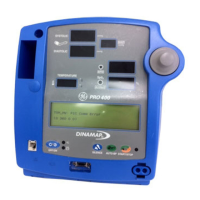Section 21 - Appendix D–Integrated Signals
137
21.2 Integrated Buffered Output Calculation
This section shows how to calculate the buffered output voltage for a transducer or
function generator signal that is being integrated by the monitor.
The formula only applies when the unfiltered signal is at the buffered output. For an
unfiltered buffered output, all filters should be located after the Integrator/Gain
Stage. If any filters are located before the Integrator/Gain Stage, the buffered
transducer output will be filtered by those filters.
1. Calculate the transducer output voltage:
Vsig=SF×Vib
Where:
'Vib' is the level of mechanical vibration measured by the transducer, in g. This can
be measured as g peak or g RMS.
'SF' is the scale factor of the transducer = 100 mV/g.
'Vsig' is the transducer output voltage that is applied to the monitor input. This
voltage is measured in peak or RMS, the same as Vib.
2. Use this formula to calculate the buffered output voltage
1+)F×009097(.
645.29×Vsig
=Vout
2
Where:
Vsig is the input voltage to the monitor.
Vout is the buffered output voltage.
F is the frequency of the signal.
Vout is measured in peak or RMS, the same as Vsig.
This formula is within 2% of the ideal value at frequencies of 50 Hz or greater.

